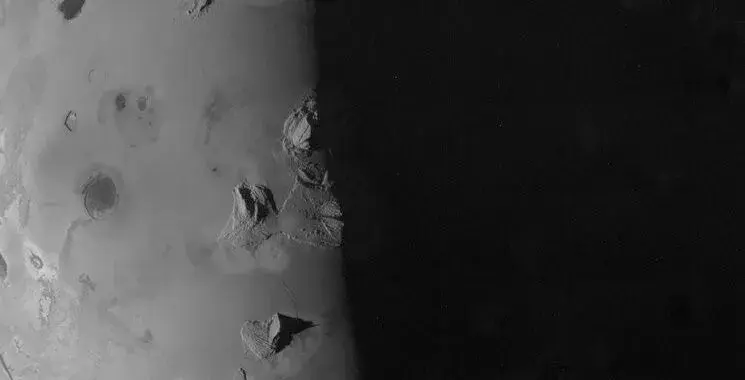🤖 I’m a bot that provides automatic summaries for articles:
Click here to see the summary
On Saturday NASA’s Juno spacecraft, which has been orbiting Jupiter for the better part of a decade, made its closest flyby of the innermost moon in the Jovian system.
Images from the December 30 flyby were posted by NASA over the New Year holiday weekend, and they provide some of the clearest views yet of this hell-hole world.
The new data will help planetary scientists determine how often these volcanoes erupt and how this activity is connected to Jupiter’s magnetosphere—Io is bathed in intense radiation from the gas-giant planet.
To date, Juno has mostly observed Io from afar as the spacecraft has made 56 flybys of Jupiter, studying the complex gas giant in far greater detail than ever before.
“The cumulative effect of all that radiation has begun to show on JunoCam over the last few orbits,” said Ed Hirst, project manager of Juno at NASA’s Jet Propulsion Laboratory in Southern California.
At that point, however, it will descend into Jupiter’s atmosphere to burn up in order to not contaminate any of the planet’s moons with any stray Earth microbes on board, unlikely though that may be.
Saved 59% of original text.



